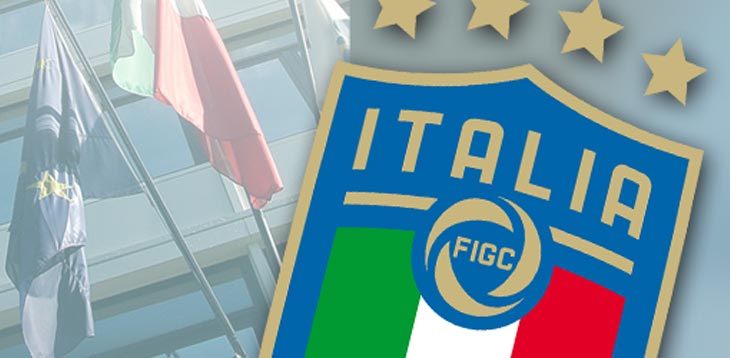General Provisions

In pursuit of full transparency, the FIGC makes its balance sheet, budgets, a Report Calcio, a Social Report and (since 2015) an Activity Report available every year. This is also the case for the Organisational, Management and Supervisory Model pursuant to Legislative Decree 231/2001 and approved by the Federal Council on 27 April 2015 (CU 240/A).
The Organisational, Management and Supervisory Model in accordance with Legislative Decree 231/2001 was set up with the aim of preventing illicit activity within the Federation. The model is a set of general principles, rules of conduct, control tools, organisational procedures, disciplinary systems as well as training and information activities, and it aims to prevent the perpetration of offences set forth in Legislative Decree 231/2001.
The Report Calcio provides an annual update on the Federation's activities with a view on the clubs, teams and members.
The Social Report is the first document that provides a comprehensive look of all the Federation’s activities, its mission and identity. It also looks at the organisation’s role in the sporting structure and the social impact on the country. From 2015, the FIGC also decided to provide an Integrated Report, a document which builds on three previous Social Reports and illustrates the key strategies of the Federation and their development with a particular focus on organisational efficiency, sustainability and transparency, and on the strengthening of sports and youth activities as well as initiatives relating to the professional football sector and sports facilities, with rules and regulations being revisited in the process.
The Activity Report emerged from quarterly reporting that was introduced in 2015 and involves 15 FIGC reference areas (comprised of Sectors, AIA and Federcalcio servizi s.r.l.) and related internal Functions that, on a quarterly basis, draw up their own Activity Reports. It, therefore, operates as both an internal communication tool and way of aligning results according to the organisation’s goals.
Since 2016, the FIGC has promoted an innovative study into football and the related economic statistics from grassroots activity and all across the pyramid with an economic report (“Il Conto Economico del calcio italiano”) that involves almost 1.5 million people. The report is not just an analysis of professional football data, but it also takes amateur and grassroots activity into account along with economic information concerning the FIGC and various leagues.
